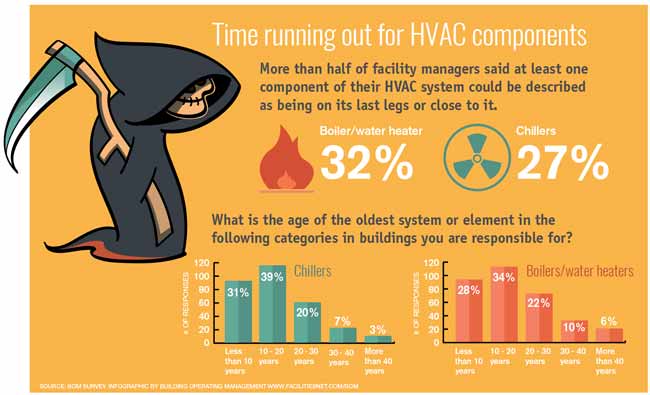Heat pumps will be a vital technology for decarbonising heating. In a circumstance constant with federal governments' announced energy and environment dedications, their international ability doubles by 2030, while their share in home heating rises to one-quarter.
They work best in well-insulated homes and depend on electrical power, which can be supplied from a sustainable power grid. Technical breakthroughs are making them extra effective, smarter and more affordable.
Fuel Cells
Heat pumps use a compressor, refrigerant, coils and fans to move the air and heat in homes and devices. They can be powered by solar power or electrical energy from the grid. They have actually been acquiring appeal as a result of their low cost, peaceful procedure and the capacity to create electrical power throughout peak power need.
Some firms, like IdaTech and BG MicroGen, are working on gas cells for home heating. These microgenerators can change a gas central heating boiler and generate a few of a residence's electrical demands with a connection to the electrical energy grid for the remainder.
But there are factors to be skeptical of using hydrogen for home heating, Rosenow claims. It would be costly and ineffective contrasted to other modern technologies, and it would include in carbon exhausts.
Smart and Connected Technologies
Smart home innovation allows house owners to attach and control their devices remotely with making use of smartphone apps. As an example, clever thermostats can learn your home heating preferences and automatically adjust to enhance power intake. Smart lights systems can be controlled with voice commands and instantly shut off lights when you leave the space, minimizing power waste. And smart plugs can check and manage your electric usage, allowing you to recognize and limit energy-hungry appliances.
The tech-savvy household portrayed in Carina's meeting is a great picture of how passengers reconfigure space heating techniques in the light of new clever home technologies. They rely upon the tools' automated features to accomplish daily modifications and concern them as a convenient methods of conducting their home heating techniques. Because of this, they see no factor to adjust their practices better in order to allow versatility in their home energy demand, and treatments focusing on doing so may face resistance from these houses.
Power
Because warming homes represent 13% people exhausts, a button to cleaner alternatives can make a huge distinction. However the technology encounters obstacles: It's expensive and needs comprehensive home improvements. And it's not constantly suitable with renewable resource sources, such as solar and wind.
Up until lately, electrical heat pumps were too pricey to compete with gas versions in most markets. Yet new advancements in layout and materials are making them extra cost effective. And better cold climate performance is allowing them to work well also in subzero temperature levels.
The following step in decarbonising heating might be the use of warm networks, which attract warmth from a main source, such as a neighboring river or sea inlet, and distribute it to a network of homes or buildings. That would certainly reduce carbon emissions and allow homes to benefit from renewable resource, such as environment-friendly electricity from a grid supplied by renewables. This choice would certainly be much less pricey than changing to hydrogen, a nonrenewable fuel source that requires brand-new infrastructure and would only minimize CO2 discharges by 5 percent if coupled with boosted home insulation.
Renewable Energy
As electricity rates go down, we're starting to see the same fad in home heating that has actually driven electric autos right into the mainstream-- but at an even much faster rate. Read Webpage for impressive homes has been pushed better by new study.
Renewables account for a significant share of modern-day warmth usage, yet have actually been provided restricted policy interest internationally contrasted to various other end-use sectors-- and also less interest than electrical power has. In part, this shows a mix of customer inertia, divided motivations and, in lots of countries, subsidies for nonrenewable fuel sources.
New technologies might make the shift simpler. For instance, heat pumps can be made a lot more energy efficient by replacing old R-22 cooling agents with brand-new ones that do not have the high GWPs of their precursors. Some experts likewise imagine area systems that attract warmth from a nearby river or sea inlet, like a Norwegian fjord. The warm water can after that be utilized for heating & cooling in an area.
